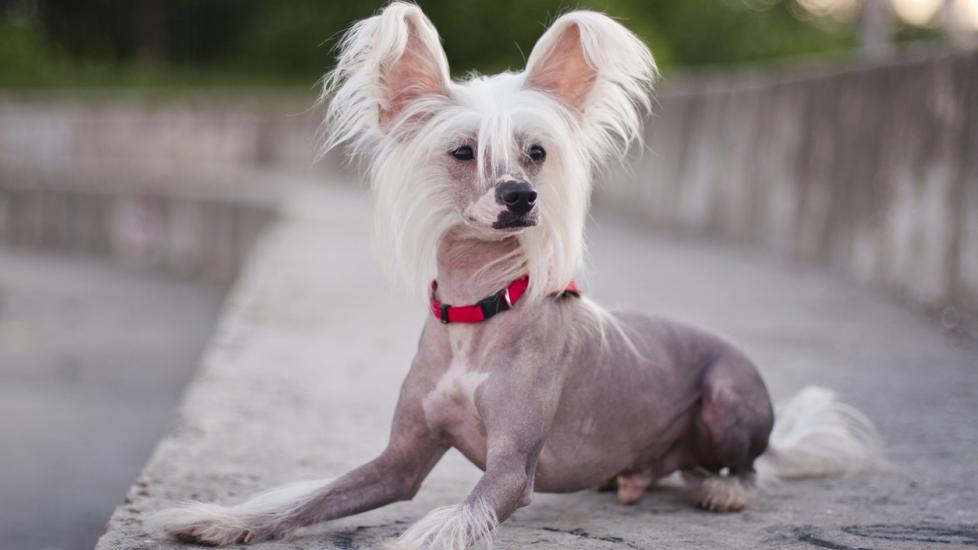Introduction: The Chinese Crested is a small yet fascinating toy breed known for its unique appearance and affectionate nature. Originating from China, this breed has two distinct types – Powderpuff and Hairless – each with its own characteristics. Let’s delve into the details of these canine companions.
Lifespan: On average, a healthy Chinese Crested can live anywhere between 12 to 14 years when provided with proper care and nutrition. However, some individuals have been known to reach up to 16 or even 18 years old.
Coat Length: As mentioned earlier, there are two main varieties of the Chinese Crested:
– Powderpuff: This type features an abundant double coat that requires regular grooming due to its tendency to mat if not brushed frequently.
– Hairless: These dogs possess very little hair on their bodies except for certain areas such as the head (crest), tail (plume), feet (socks), and occasionally a thin layer over the rest of the skin. Despite being almost hairless by definition, they still require occasional light brushing to keep their skin smooth.
Alias(es): Sometimes referred to as “the naked ones” due to the distinctive look of the Hairless variety.
Height: Typically standing at no more than 13 inches tall at the shoulder, both types remain compact in stature which contributes to their overall charm.
Place of Origin: Historical records suggest that the origins of the Chinese Crested date back several centuries; however, it was only recognized officially by major kennel clubs during the mid-20th century after gaining popularity among Western enthusiasts who appreciated its exotic looks.
Body Size: Regardless of whether you choose a Powderpuff or Hairless model, expect your new friend to weigh between 7 and 15 pounds fully grown – perfect for those looking for a lapdog without feeling too heavy!
Shedding Level: While Powderpuffs will shed like any other longhaired dog breed needs frequent brushing maintenance, Hairless versions do not produce significant amounts of fur but may experience peeling skin scales known as dander instead which could potentially trigger allergies in sensitive individuals despite lacking traditional undercoats/guard hairs typical among most dog breeds
